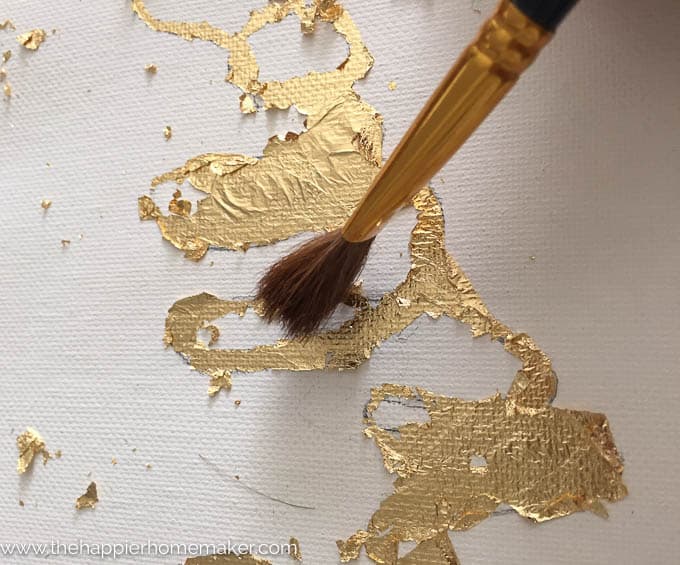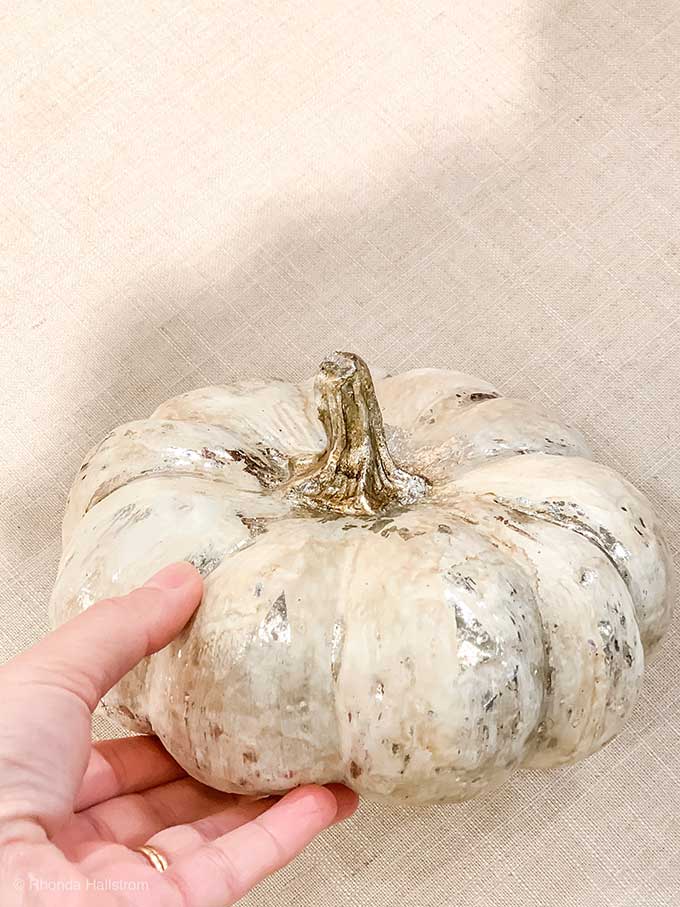Table of Content
You never find both types together in the same electroscope, which indicates that they had a shared purpose. The gold leaf is maintained in a glass container to protect it from draughts of air. When a charged object is placed close to the gold leaves, which are stored in a glass flask to keep them from being affected by air, they spread out creating an inverted V. To begin, a charge must be generated on an insulating plate once known as the cake—this plate is considered part of the electrophorus. The charged plate should have a smooth surface and be made from an insulating material . The plate is charged via friction by rubbing it with a material such as wool, silk or fur.
Fold it in half and set it on the ‘L’ shaped end of the paper clip. Homemade Christmas crackers add some bang to your holiday celebration. Make a set of homemade Christmas crackers with your child this holiday season.
Step 9: Using Manual
Gold leaf electroscope and pith ball electroscope are both equally sensitive. Gold leaf electroscope and pith ball electroscope are not sensitive. The body is entirely made of wood, the insulator is wax, the Volta plate and lead-in are brass, and the single leaf is made of gold. Find out how to make a homemade lava lamp, and learn some science too, with this educational activity. Static electricity follows Coulomb’s Law—this is the idea that identical charges repel each other, while opposite charges attract one another.

After that, the second gold leaf electroscope is attached to the first electroscope. If the leaves of the second electroscope diverge, we can say the given body is a conductor. The body is an insulator if there is no change in the leaves.
Step 6: Now Making the Collector
Moisture and static electricity don’t mix well—so, if you’re testing your electroscope in a humid area, you might not get any noticeable results. Pinch and twist the wire with your pliers, curling it as you go. Make sure that the spiral is completely flat—this is the part of the electroscope that’ll be “picking up” the electrical charge from another object. Rub a piece of styrofoam with wool to charge it with static electricity. The gold leaves in an electroscope fold back when they are touched with hands because the charge is earthed.

Cut out 2 identical, leaf-shaped pieces of aluminum foil. Cut along the edges of the foil to give the leaves a curved pear shape. You can also use an old plastic jar and lid that you’re about to recycle . An electroscope must be tested in a number of ways before it can be used. Make sure the device is completely dry before using it, as this can affect its performance.
What happens when you touch an electroscope?
Arrange the straight portion of wire through the bottom of the straw and coiled section through the top part. Hand aluminum leaf like this that shining surface should face each other. While the reality of shiny vs dull side probably wont matter much.

Now mark the center of the cardboard circle.using a scissor make a small hole. The 3 methods for charging objects are friction, conduction, and induction. The instrument needs to be grounded before use, easy to achieve by touching the ball with a finger. If you are using a rubber ball just pierce it a little with the paperclip. Center the ball on the paper clip like its balancing and pinch the tinfoil tightly around the paper clip. Cover your ball shiny side out and make as smooth a surface as possible.
The result is that the shorter of the two leaves is deflected to a much greater extent than the longer one when the electroscope is charged. It might well have been this type of observation that led to the design of the single leaf electroscopes that substitute a fixed vertical rod for one of the leaves. A gold-leaf electroscope is a form of electroscope that comprises two gold leaves and is used to detect the electric charges of a body and classify its polarity.
Cut a small piece of plastic straw and hot-glue it into the lid. Snip off a 3 in (7.6 cm) piece of straw and slide it through the lid’s opening. Using a hot glue gun, apply a circle of glue around both the top and bottom of the lid’s opening. Bend a section of copper wire in half with needle-nose pliers. Cut a 15 cm (5.9 in) section of copper wire for your electroscope.
Make sure that the gold leaf is not touching the sides of the jar. Finally, take the rubber band and place it around the neck of the jar, and then place the metal washer on top of the rubber band. That process causes both of the leaves to be positively charged , and the leaves will diverge. It is necessary to have two pieces of foil or gold leaf touching so that they can repel each other when the electrons flow into them. Negative charges repel each other, so there must be two negatively charged pieces of foil for us to be able to visualize what is happening! Of course, electron transfer is still happening if there is one piece of metal, but we can’t see the particles themselves—we need to be able to see something that they do.
It can also be used in the identification of the body as a conductor or an insulator. When the positively charged electroscope is touched, its charge becomes grounded . … The negatively charged electrons enter the electroscope and neutralize the positive charge. As the electroscope loses its charge, the needle relaxes back to its naturally upright position. Since the leaves receive the same sign charge they repel each other and thus diverge.


No comments:
Post a Comment